Creating Characters with Invisible Disabilities
 They’re all around us—people with invisible disabilities. Maybe you’re one of them; maybe your doctor or your best friend or your mother struggles with clinical depression. Maybe your son, like mine, battles obsessive-compulsive disorder (OCD). Real people live, work, and love through mental illness. So why, when we talk about characters with invisible disabilities, do we expect stereotypes and extremes?
They’re all around us—people with invisible disabilities. Maybe you’re one of them; maybe your doctor or your best friend or your mother struggles with clinical depression. Maybe your son, like mine, battles obsessive-compulsive disorder (OCD). Real people live, work, and love through mental illness. So why, when we talk about characters with invisible disabilities, do we expect stereotypes and extremes?
The hero of my debut novel, THE UNFINISHED GARDEN, has OCD. But a book club reader insisted that he didn’t. James couldn’t have OCD, she told me, because he wasn’t a hand washer. I pointed out that OCD is a highly individualized anxiety disorder and that none of the OCDers I know and love are hand washers. She retaliated with Monk—the germaphobic television detective and popular culture’s OCD poster child.
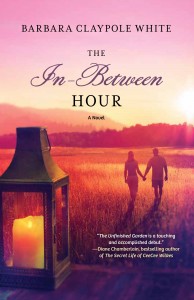 I didn’t create James to make a statement about OCD. I created James because he turned up in my head one day and refused to leave. Initially I held back on his OCD, but as he developed on the page, I realized I needed to let him out of the box; let him be James and talk about the voice inside his head.
I didn’t create James to make a statement about OCD. I created James because he turned up in my head one day and refused to leave. Initially I held back on his OCD, but as he developed on the page, I realized I needed to let him out of the box; let him be James and talk about the voice inside his head.
James is very real to me, and he shows the side of OCD I witness every day—the incredible courage it takes to live through a minefield of fear. I see Monk as a caricature; I see James as a brilliant, neurotic guy with a ton of personal baggage…whose strong sense of self makes him the least messed-up person in my novel.
Since I live with OCD, you might assume it was easy for me to burrow inside James’s head, but I rewrote endlessly to find his voice. I have to climb deep inside my characters’ dark corners to understand their emotional and psychological make-up.
Research, obviously, is the key. I read memoirs, blogs, find support groups that might be willing to talk to me, but my favorite part of research comes through face-to-face interviews. I like to listen, not intrude with too many questions, because as people share their stories, they also reveal hidden truths. That’s what I’m after; that’s what gets my author senses tingling.
For my second novel, THE IN-BETWEEN HOUR, I had to put myself into the thoughts of a young suicide  survivor who was likely still suicidal.
survivor who was likely still suicidal.
I have no personal experience with depression, and although I have watched a number of friends struggle with the beast, I wasn’t sure I could reproduce authentic clinical depression. But while I was interviewing a woman who eloquently described a feeling of being so weighted to the sofa that she lacked the energy to answer the phone—I began to understand Galen.
Some of Galen’s scenes should have been impossible for a person like me to write, but once I figured out his mindset, I knew what he was going to say and do next.
Authors-in-waiting often ask if I worry that I’ll portray a particular mental illness incorrectly, and my answer is always no. Mental illness is often misdiagnosed—it has been in our family. If psychologists don’t have all the answers, why should authors?
And it comes down to the simple fact that we are individuals who respond differently to pain, grief, love, and hate. My job, as an author, is to create believable, multi-dimensional characters who experience real emotions and are not cardboard cut outs that read ‘I am OCD’ or ‘I have depression’. One-size-fits-all has never applied to human beings. Why should it apply to mental illness?
In THE IN-BETWEEN HOUR, my hero’s dead mother, a person he describes as magical and mad, is a vital part of his backstory. Mentally ill, Angeline was never diagnosed or treated, and the memory of her extreme behavior haunts the novel. I researched her intently but couldn’t decide if she suffered from bipolar disorder or borderline personality disorder.
Then I realized her label was irrelevant: she was a person of extreme mood swings and those mood swings had a devastating effect on young Will. Throughout the novel, Will struggles to find good memories of Angeline; they exist, buried in his subconscious. Underneath her craziness, she was a proud mother who loved her son.
All my characters are damaged and broken; life isn’t easy for these guys. They battle personal demons, but they’re also on voyages of discovery that lead to healing. Take out the mental illness, and my books are filled with family drama—grief, the aging parent issue, love a second time around. I think of my characters as real people with more than their share of hardships, people who are struggling to make sense of extraordinary—and ordinary—circumstances.
Every time I do a public event, a stranger will hug me and say, “I’ve never told anyone this before, but—” If I were to pontificate about why I create characters with invisible disabilities, I would tell you this: I hope to open up the public dialogue. There is still too much stigma, secrecy, shame, and isolation surrounding mental illness. I want to chip away at that with stories of hope.
—
English born and educated, Barbara Claypole White writes and gardens in the forests of North Carolina. Her husband is an internationally-acclaimed academic; their son is an award-winning young poet / musician.
His battles with obsessive-compulsive disorder (OCD) have inspired her to write stories that find healing and hope in the darkness of invisible disabilities such as severe grief or clinical depression. Her characters are quirky and damaged, but they always find the light through the trees (a recurring image in her writing).
The Unfinished Garden, Barbara’s debut novel, won the 2013 Golden Quill for Best First Book. The In-Between Hour, her second novel, has been named a Winter 2014 Okra Pick by Southern Indie Bookstores.
Connect with Barbara on her website www.barbaraclaypolewhite, Facebook BarbaraClaypoleWhite, or Twitter @bclaypolewhite
Category: Contemporary Women Writers, How To and Tips
Comments (18)
Trackback URL | Comments RSS Feed
Sites That Link to this Post
- Creating Characters with Invisible Disabilities... | February 23, 2014




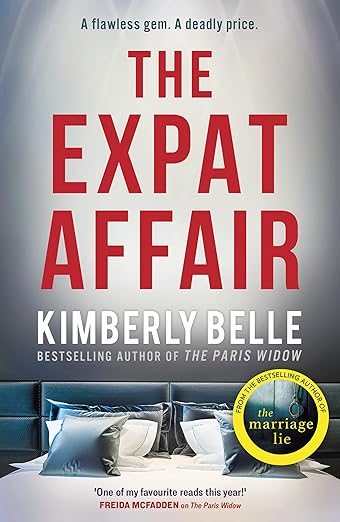
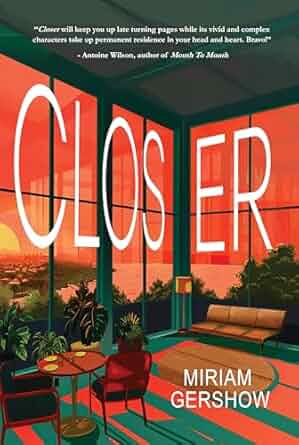




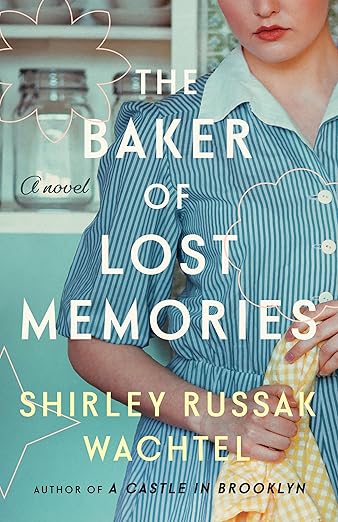
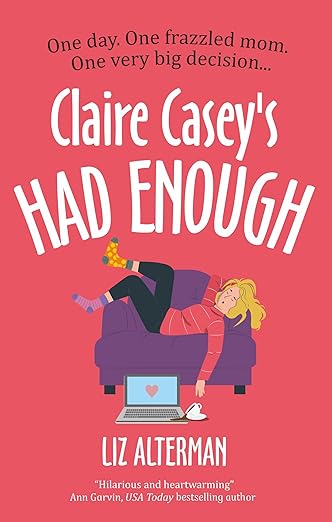

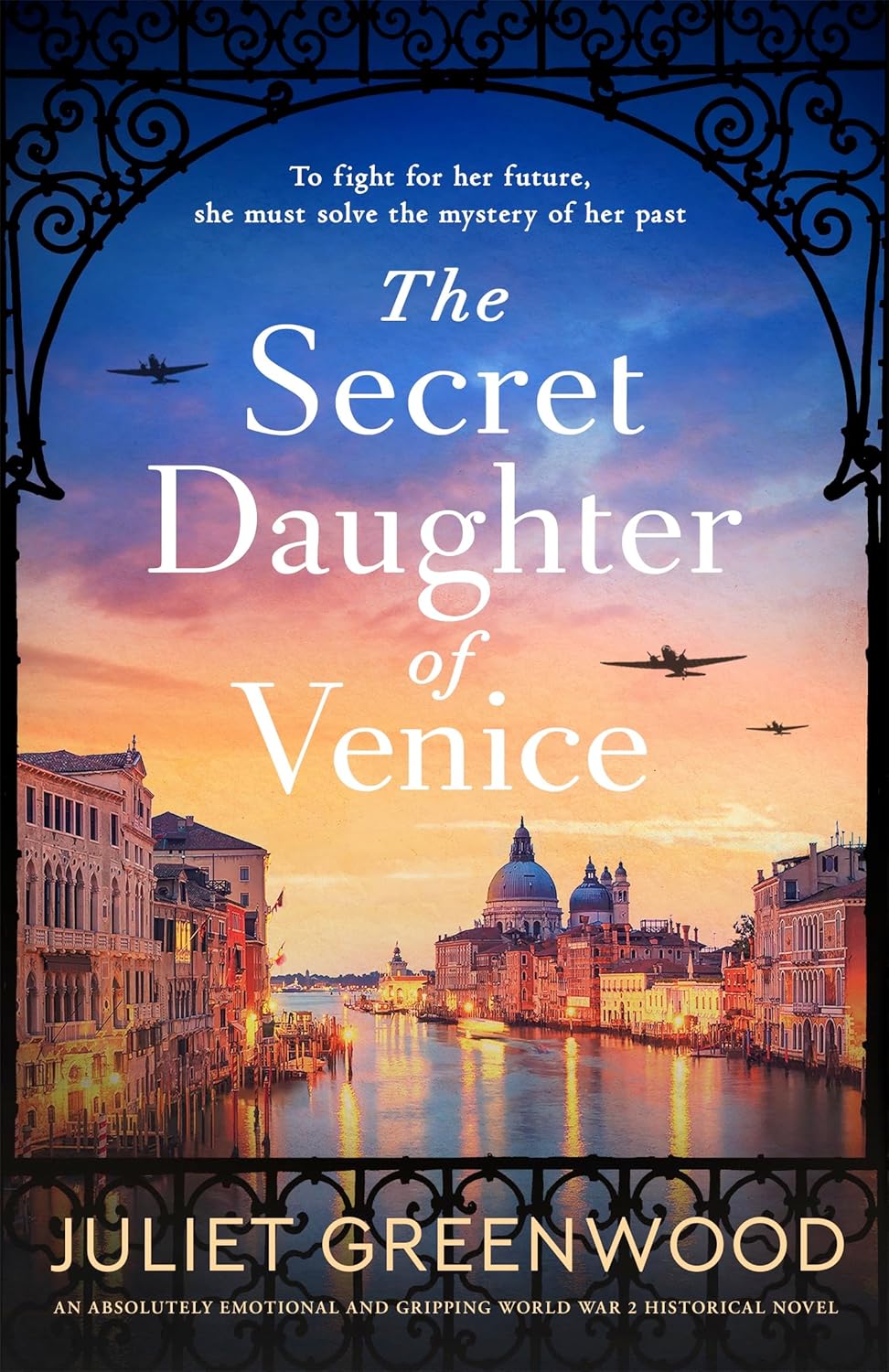


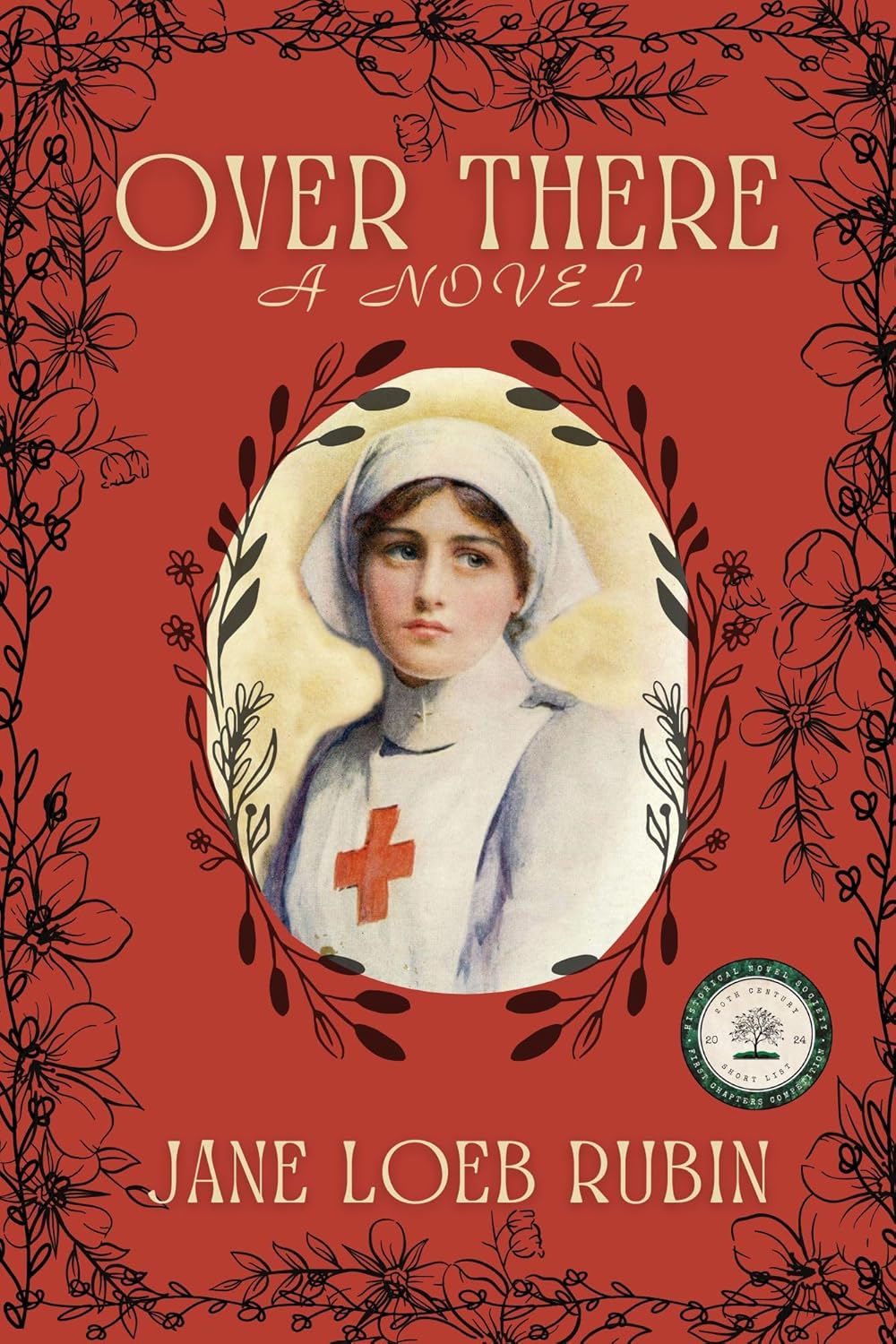



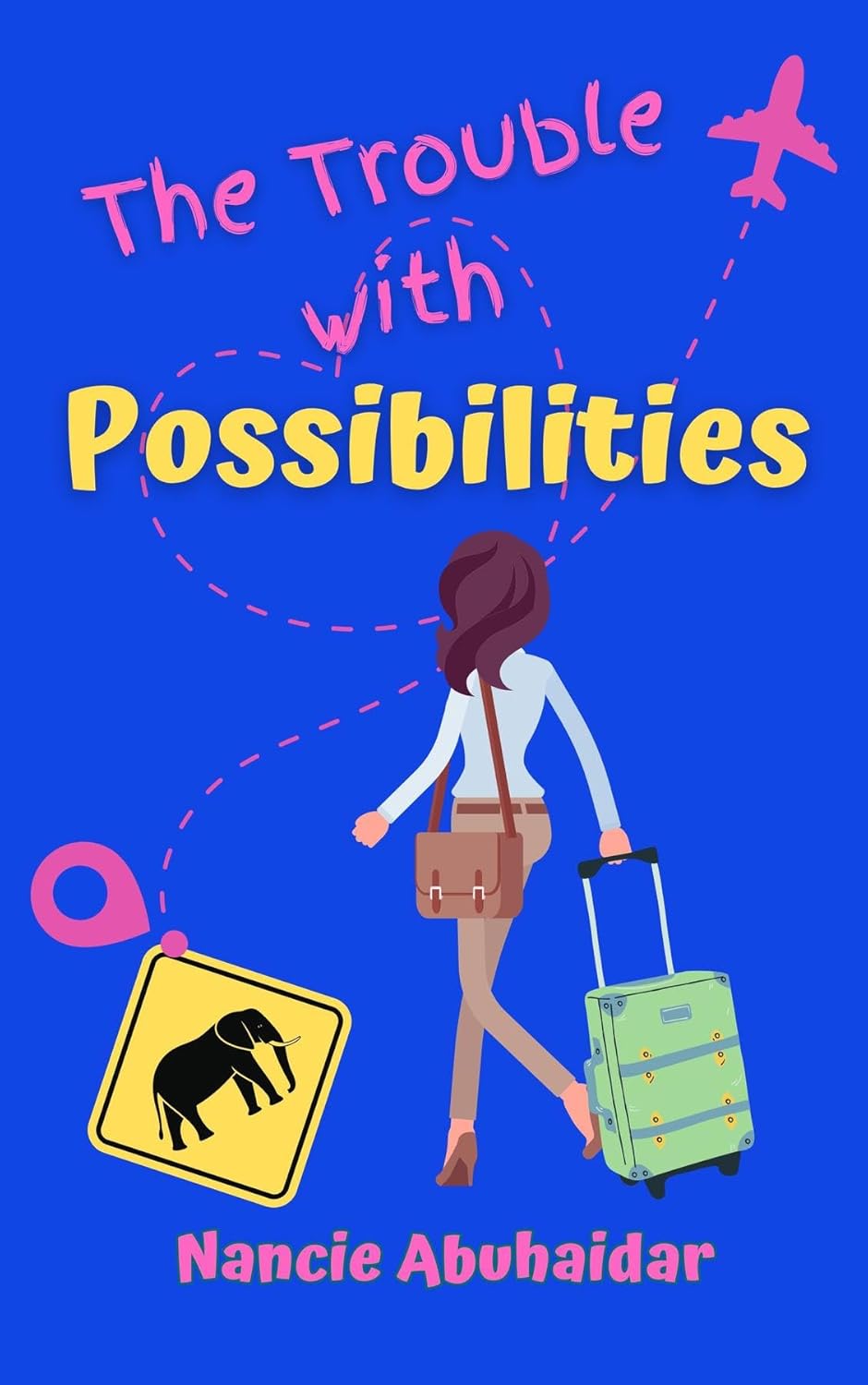

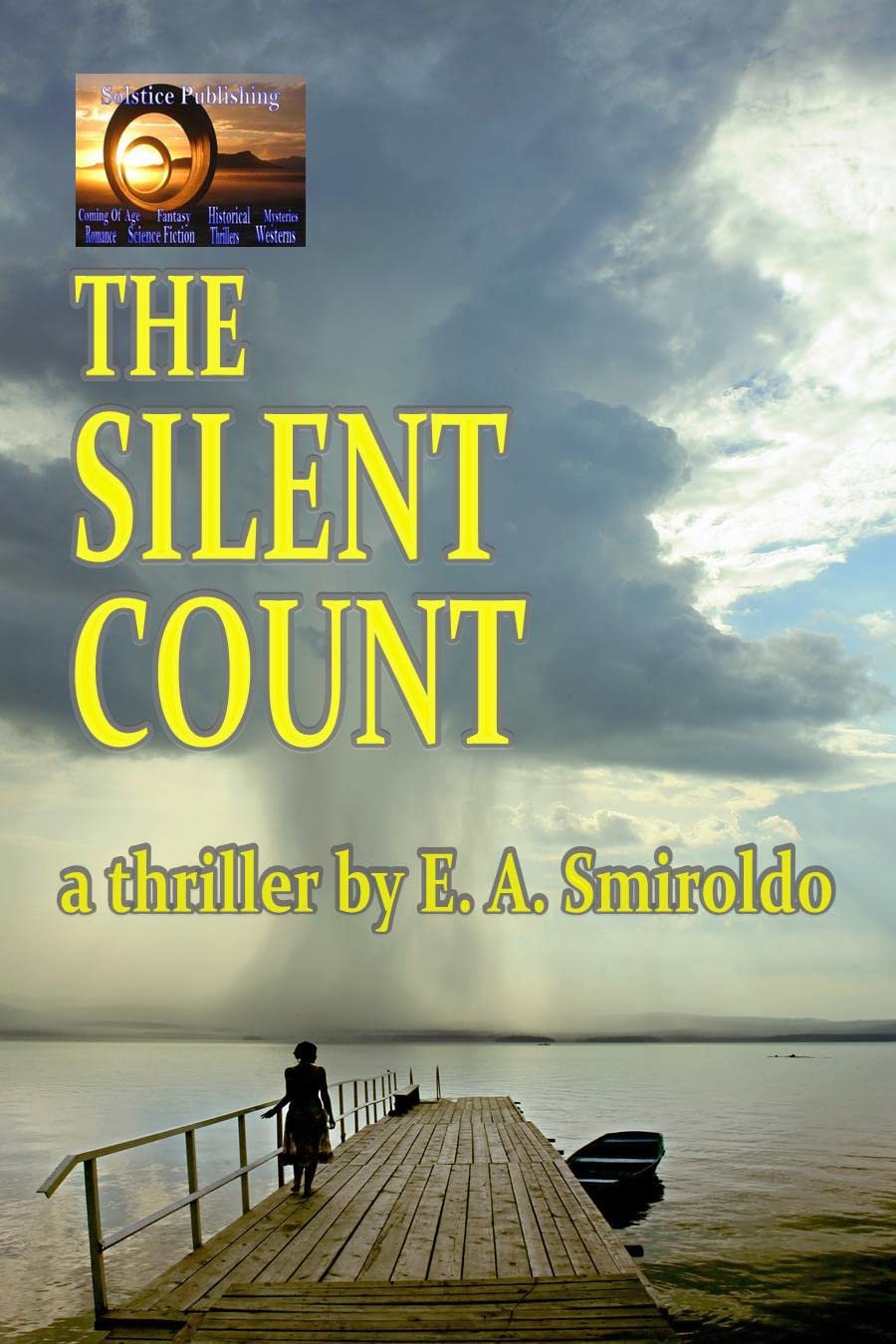


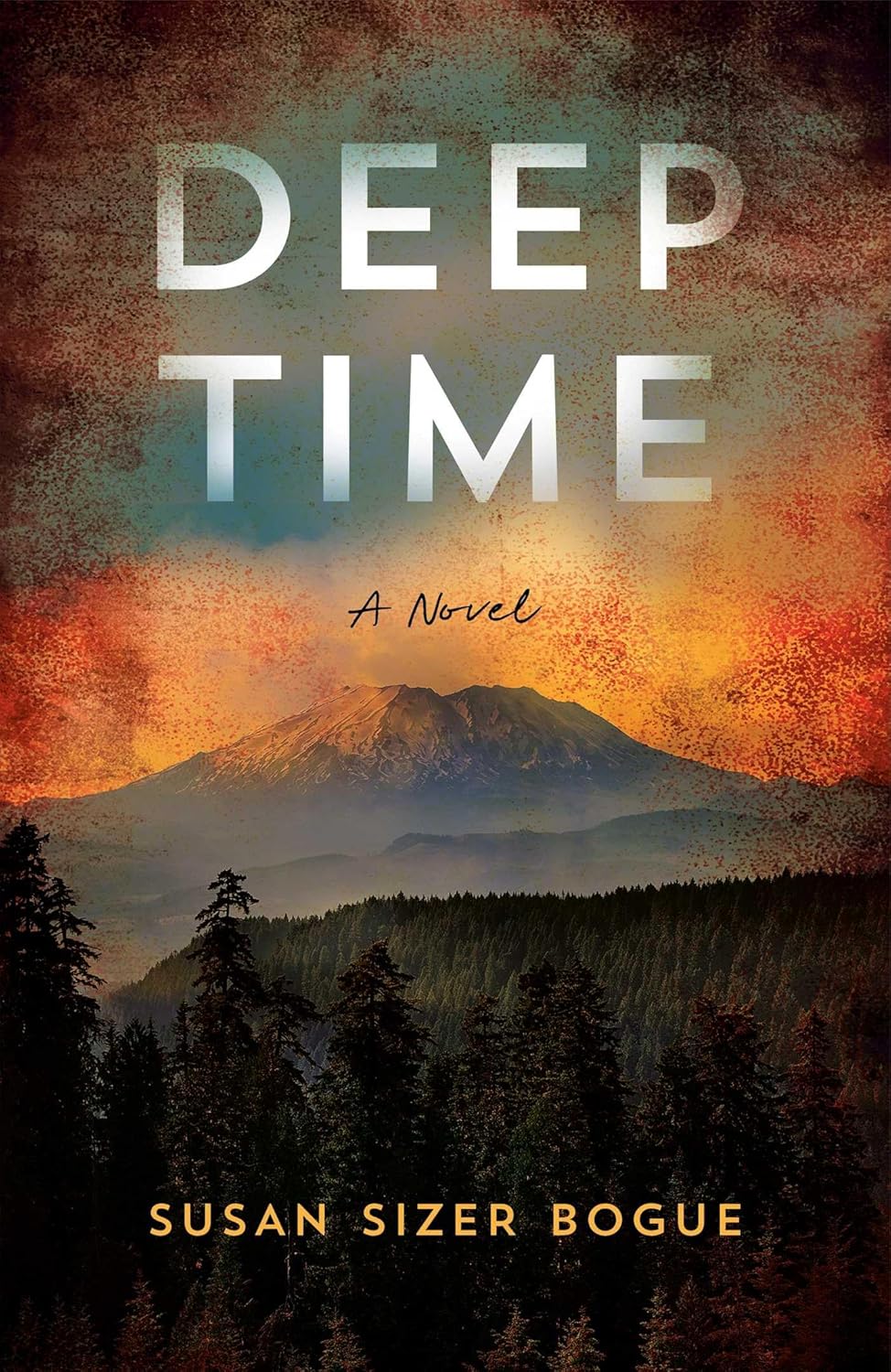





I, too, have OCD. I, too, am not a hand washer. Thanks for bringing more awareness to this form of mental illness.
@michellesedas
OCD is my world, and I’m going back to it with my next novel. 🙂
Barbara, people NEED to read about those with invisible disabilities. I think you need to remember that every person is an individual, so there is no template for a person with clinical depression or bipolar disorder. Also, try to talk with people who deal with M.I. … they will make it real. Thanks SO much.
I couldn’t agree more.
Hi Barbara
I was touched deeply when I read this piece. A member of my family has schizophrenia and bipolar. I also have a number of friends who are medicated for depression and anxiety. Mental health can be a daily walk along a tight rope for so many people.
A fledging writer myself, I loved your reference to ‘authors in waiting’, and the way you described the character James inhabiting your consciousness until you couldn’t ignore him any longer.
I think we creative people live in a state of grace – though we need to be truly present in order to receive that grace. This is what fuels our creativity.
Thank you, Zita. Yes, James is still in my head. I’m not sure he’ll ever leave… I think creating damaged characters has become my therapy–my way of processing/accepting the mental illness that has affected my family. You have to find some way to sit with all of this, otherwise it would tear you apart.
Barbara, thank you for writing this and for writing novels with characters with invisible illnesses to “open the dialogue.” I have fibromyalgia. I look fine. Everyday, however I battle with pain and fatigue. Everyday, mid-moring, I have to go back to bed because I just run out of energy. I spend half my time in bed! And yet I have a lovely, productive, wonderful life. More people should be aware and your work helps.
Thank you, Sheana. Yes, so many layers to this topic… The daughter of a friend suffered horribly with fibromyalgia throughout high school, and the family had a nightmare time trying to get a diagnosis. Amazing how much we still don’t know–and the professionals don’t always have answers either. Hmm.
As a mom to a child with autism, “invisible” disabilities are a huge part of my life. I have enjoyed a few books lately that have dealt with mental illness and disability. I think giving these characters a chance to love; seeing them find someone who gets them and accepts them, is awesome. And it restores the “personhood” that I find is sometimes stripped from folks with disabilities. Thank you for this!
Kennedy, hi. My first hero (who has severe OCD) came out of my darkest maternal fear: what if no one could ever see beyond my son’s anxiety and quirky behavior to love him for the amazing person he is? Of course, this turned out to be a ludicrous fear–my son is empathetic, kind, loving…and, at 19, is a serial monogamist! But when he was little and we were struggling with the isolation of a newly diagnosed mental illness, that’s what I worried about most….
Clare–I had a hard time connecting with my heroine, who is calm and spiritual and nothing like me, until I discovered the link we shared: we both understood what it meant to be a terrified parent. For me that’s become key–finding an emotion I can relate to even if I don’t understand the context or behavior. I guess my question to you is this: does your character know she has depression? Has she labelled it in her own mind?
I’m not sure she does-I think she’s been abandoned and has taken a drastic step to overcome her feeling of rejection and when this goes wrong she doesn’t really know what else to do. She’s certainly despairing and I don’t think she would describe herself as depressed-but I don’t think you have to know you’re depressed to be depressed right? Depression can be quite hard to admit.
Absolutely. And if she’s in denial, her POV will be quite interesting… How you portray the depression depends on how she perceives it.
Thank you, Lori. And thanks for sharing your story.
I know where you’re coming from, Barbara. My mother suffered from an undiagnosed mental illness, and I’ve often been confronted with disbelief on that account simply because I can’t put a label on her condition. It’s as if people can’t handle the concept of a mental disorder unless it fits the stereotype or preconceived notion of what that entails – as when they assume that all schizophrenia is paranoid schizophrenia or that OCD must have excessive hand-washing as a component. Kudos to you for creating characters who are as individualized as the illnesses from which they suffer – and for recognizing the strength and courage of the millions who successfully cope with these invisible disabilities.
Lori, hi. I tried to reply yesterday, but my comment didn’t post. Hmm. Second time lucky. I agree entirely. And kudos for you, too, for reaching out with your story. That also takes courage…
Hi Barbara
It’s great to read about you allowing for writers to “get it wrong” in terms of sensitive subjects such as mental health. Everyone is different and therefore reacts to situations in their own individual way so I don’t see how anyone (doctor, psychologist or writer) has the ability to predict a person’s reactions 100 percent of the time.
Therefore it goes without saying that a writer could create a character who responds to a mental health issue in a “non-standard” way. If we are afraid as writers to tackle difficult topics then issues we would like to see explored more might never be able to be discussed more widely.
The central character in my novella is probably suffering from depression but I didn’t feel confident enough to name it as such, as I have never suffered from depression myself. Still, I have had feelings similar to those she is experiencing, and felt close enough to her as a character to be able to appreciate and describe the ways she would react to the different things that happen to her.
Thanks again for your article – it really made me think.